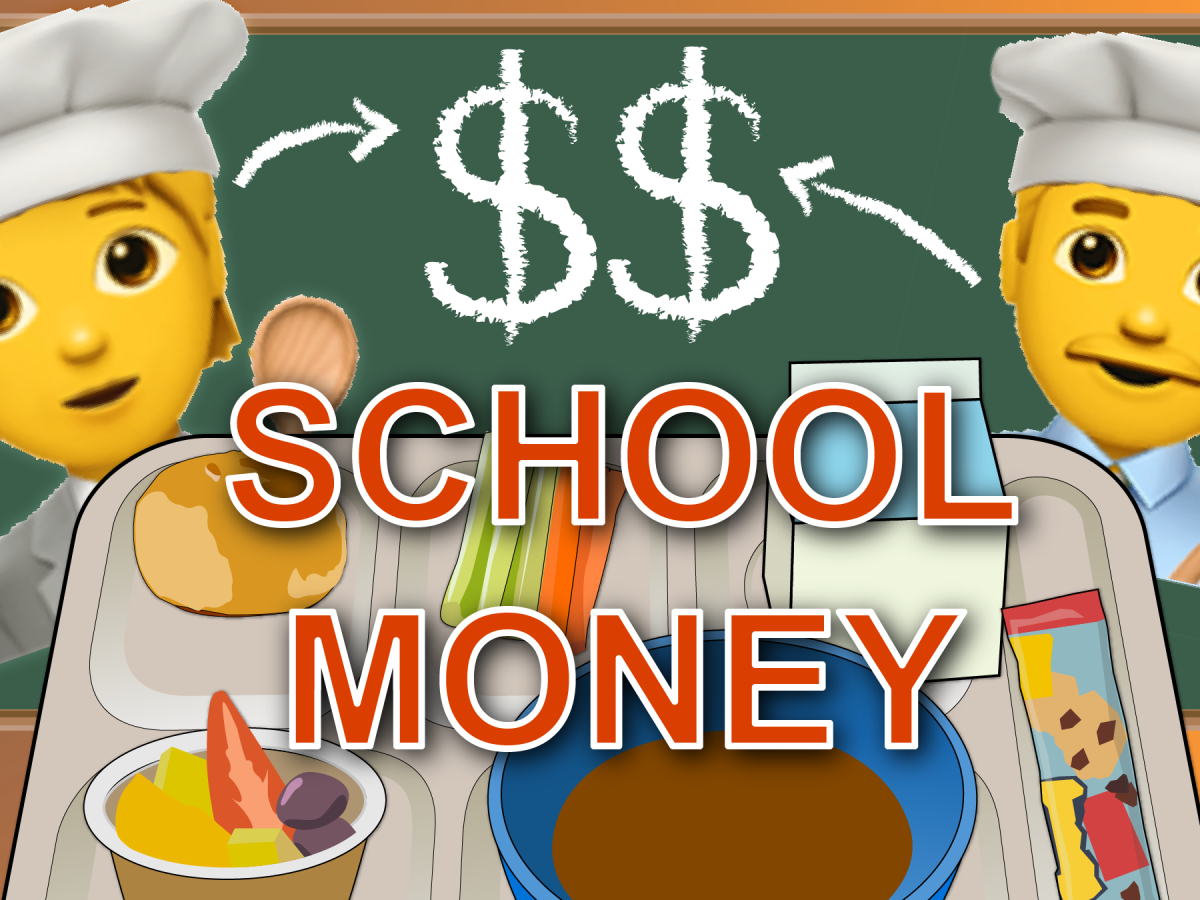This story is adapted from the MT Lowdown, a weekly newsletter digest containing original reporting and analysis published every Friday.
Montana’s K-12 school system plays an essential role in this state — as essential as any of the many public institutions covered by Montana Free Press. It’s also an expensive endeavor, with districts across the state spending, according to data from the state Office of Public Instruction, about $2.5 billion last year.
The formulas that determine how that money flows from taxpayers to public school districts are both bafflingly complex and infuriatingly essential for anyone who wants to get to the bottom of perennial debates over school funding.
RELATED
How Montana pays for its public schools, in pictures
How exactly do public school districts across Montana fill their coffers? We take a picture-heavy look at the complex formula that channels cash toward classrooms from state and local sources.
We published a lengthy visual explainer last week intended to make that task easier. But at 3,000 words — not counting labels on the pictures — the piece is no cakewalk of a read. So we figured we’d try to boil down the five most important takeaways we took from the project as a separate story:
- Classroom instruction is only one piece of the pie (albeit the biggest). General Funds, where the bulk of dollars go to paying teacher salaries, are the center of many budget discussions, ours included. But schools have dedicated pots of money for other distinct needs underpinning that instruction, from building construction to buses to teacher retirement. Those pots in turn have their own distinct funding sources and formulas.
- The state Legislature holds the keys. School boards and their voters have the power to set their local General Fund budgets, but only between defined fill lines calculated from formulas determined by the state Legislature. The maximum funding levels limit the local property taxes collected for schools but also sometimes frustrate school officials who say they need bigger budgets to provide their students with a quality education.
- Funding is driven by enrollment. The funding formula has a bewildering array of components, but the biggest pieces of district budgets are driven directly by the number of students each school district has in its classrooms. This tends to force budget cuts when enrollments decline over time.
- 3% a year funding increases have become a friction point. Lawmakers habitually tweak the per-student portion of the funding formula to provide schools with inflationary increases at 3% a year, but higher consumer inflation in recent years — 8.0% in 2022 and 4.1% in 2023 — has some school leaders and state lawmakers arguing that’s not enough to keep up with actual expenses.
- State and local dollars both fill the pot. Much of the complexity in the school funding formula comes from math that divides the cost of school funding between local dollars (i.e., local property taxes) and state dollars (including the largely income tax-funded state General Fund). Again, state lawmakers control the formula that determines precisely how things are divvied up.
LATEST STORIES
Republican lawmakers mount three separate pushes for special sessions
A trio of special session requests from Republican lawmakers each touch on election-year issues, but lawmakers have historically had little success calling themselves into a special session.
What Montana’s candidates for governor have to say about renewing Medicaid expansion
We asked Republican, Democratic and Libertarian candidates if they would support reauthorizing the low-income health care program, which has in the past been the subject of vigorous debates in the Capitol — and is up for renewal again next year. Here’s what they had to say.
‘I hope I can be an example to others:’ Carroll to celebrate Indigenous graduate
During spring commencement, Jaydee Weatherwax — a member of the Blackfeet Tribe from Browning — will become one of the first Native Americans to earn a master’s degree in social work from Carroll College in Helena.


